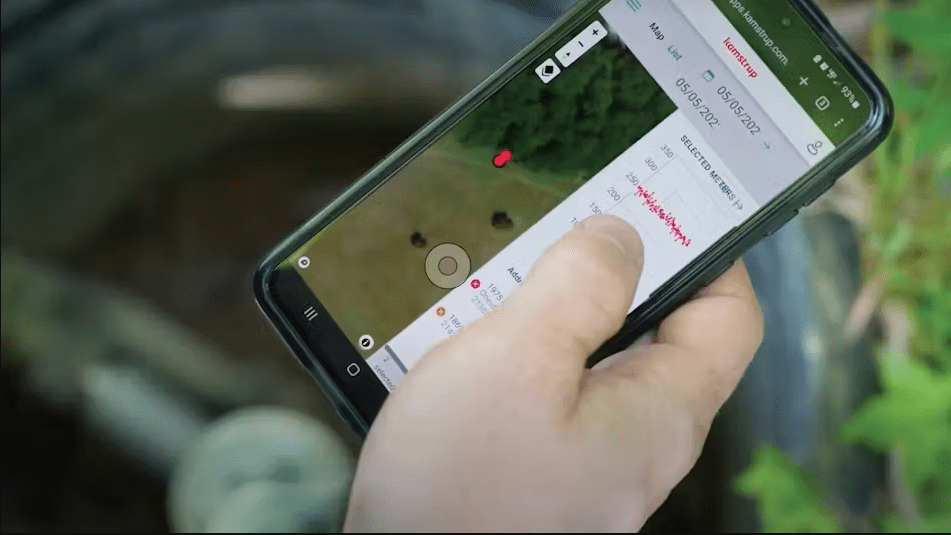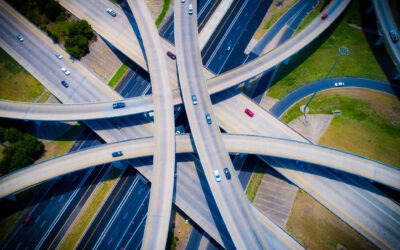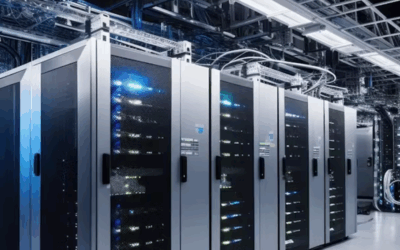
Digital technologies are impacting nearly every sector in the water industry, including drinking water. Water utilities of all sizes — private and public — are shifting the way they operate and manage resources. Utilities are embracing digitalization to address problems ranging from aging water infrastructure to optimizing resource allocation. Additionally, higher costs for producing clean drinking water are making digital solutions not just a choice but a necessity to solve these challenges.
A growing number of water utilities are adopting the latest water technologies, including connectivity and digitalization. New and emerging digital technologies — including AI, IoT sensors, data analytics, and smart water solutions — are now available and empower utilities. With these technologies, utilities can better optimize their water production for maximum efficiency.
Three factors driving digitalization
While there are many factors driving digitalization — including an aging workforce and legislation — these are among the most influential:
- Reducing strain on aging water infrastructure;
- Addressing rising water costs; and
- Lowering greenhouse has (GHG) emissions.
Aging water infrastructure: turning challenges into opportunities
According to AWWA’s 2022 State of the Water Industry Report, the renewal and replacement of aging water infrastructure ranked as the number one issue facing the water sector.
Aging water infrastructure threatens the reliability and efficiency of water utilities worldwide. Decades-old pipelines, treatment plants and distribution networks bear the weight of time and render them vulnerable to leaks, bursts and inefficiencies that compromise the performance of water delivery systems.
In contrast to the digitalization shift in water management, the traditional approach involved adhering to age and material considerations for the replacement of pipes and other infrastructure components. This approach bypassed real-time data insights into the actual condition of the assets.
However, advanced technologies are emerging as the architects of change. These technologies present solutions to mitigate the pitfalls of aging systems.
Here are some technologies that are already delivering great results for the water industry:
- IoT Sensors and Monitoring Devices. Sensors are strategically placed throughout the water distribution network, constantly collecting, and transmitting real-time data on pressure, flow rates and structural conditions. In doing so they form a vigilant digital network that acts as a guardian against potential disasters lurking within the aging infrastructure. This network makes proactive decision making possible to an extent that has never existed before.
- Acoustic Leak Detection. Technology is now available that integrates acoustic leak detection inside the water meter. Leak detection — especially in service connections — can be complex, expensive and time consuming. The newest generation of acoustic leak detection, embedded inside the meter, helps identify the areas with the highest risk of leakage. Utilities can spend their time verifying and fixing leaks rather than searching blindly for them. With faster and more efficient leak detection, this technology reduces the cost per identified leak and can find the low-hanging fruits for reducing non-revenue water (NRW).
Tackling the rising costs of water production
Digital technology offers several avenues to address the increasing costs associated with producing clean drinking water.
Below are just a few ways digital solutions can contribute to cost reduction and efficiency improvements in the water treatment process:
- Predictive Analytics for Maintenance. Maintenance algorithms analyze data from equipment sensors to forecast potential failures. This allows utilities to schedule maintenance activities proactively, reducing downtime and preventing costly emergency repairs. This technology can be applied to pumps, filters and other equipment to anticipate maintenance needs, extending the lifespan of the equipment and minimizing replacement costs.
- Data Driven Decision Making. Comprehensive data analysis allows water utilities to make informed decisions regarding resource allocation, infrastructure investments and water treatment strategies. The best analytics solution enables utilities to transform data into actionable intelligence through a variety of automation and visualization tools. Other solutions offer integrated GIS mapping that receives and displays leak locations with a network of meters equipped with acoustic leak detection technology. These types of solutions help utilities find possible leaks in service connections and along distribution and mains infrastructure; reduce the amount of NRW in their network; prioritize resources better; and get a map-based overview of a distribution network to conduct more in-depth analysis of the network.
- Smart Metering for Billing Accuracy and Customer Engagement. Digital smart metering systems provide accurate data on water consumption. More accurate data reduces revenue losses from billing inaccuracies and helps customers manage their water usage more efficiently. Customer engagement platforms work to provide real-time information about water usage, encouraging customers to conserve water. Apps and online portals also provide consumers with an automated tool to report issues and receive updates from the water utility.
Paving the way to lower greenhouse gas emissions in water management
The interconnection between water loss reduction and greenhouse gas emissions reduction is gaining attention. It involves understanding the concept of NRW in the context of GHG emissions and recognizing the environmental impact of water management practices.
- Water and GHG Emissions. Water loss through leaks in distribution systems is a major component of NRW for many utilities. This NRW is not only a loss of resource but also a hidden contributor to GHG emissions that has huge potential for reductions. The journey of water from its source through the treatment process and into distribution networks requires significant energy at multiple stages. Any water lost due to leaks represents wasted energy in sourcing, production, purification or distribution.
- Energy-Intensive Water Treatment. Water treatment demands significant energy inputs. Purifying water to meet quality standards involves processes such as pumping, chemical treatment and filtration. When water is lost through leaks, the demand for energy-intensive treatment increases.
- Enhancing GHG Emission Calculations. When evaluating the environmental impact of water management practices, it is important to incorporate the reduction in water loss as a positive factor in GHG emission calculations. Water utilities can position their efforts to minimize NRW as a dual-purpose initiative: not only safeguarding water resources but also contributing to a more sustainable and environmentally friendly water management system.
In this pivotal moment, the integration of digital technologies presents itself as a viable solution to help promote efficiency, sustainability and overall resilience in water management.





